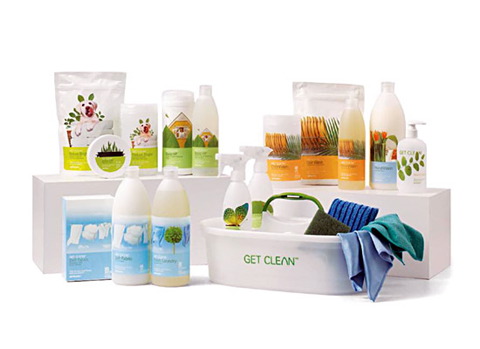by Tom Henderson (Subscribe to Tom Henderson's posts)
Filed under: In The News

Credit: Getty Images
Pediatricians say the Toxic Substances Control Act is ineffective.
Toxic chemicals are, well, toxic. They hurt kids and, dang it, the government really ought to do something about it.
So says the American Academy of Pediatrics in a report released April 25 that is bound to get a round of applause from parents.
A lot of parents want to know just which chemicals to avoid. That's the problem, the Los Angeles Times reports. There are sooo many of them. And getting enough evidence to label them "toxic" is hard.
"Over the past several decades, tens of thousands of chemicals have entered commerce and the environment, often in extremely large quantities," the American Academy of Pediatrics report begins.
Pediatricians say the Toxic Substances Control Act is ineffective and stronger policies are needed.
Marc Weisskopf, an environmental epidemiologist at the Harvard School of Public Health, tells the Times that's a tall order.
"Frankly, there are thousands of chemicals in use, and our understanding on neurotoxicity is practically zero," he tells the newspaper.
Only a few chemicals have been studied very thoroughly, Weisskopf adds. This makes knowing which ones might be neurotoxic (disrupting brain activity) and which ones might disrupt hormonal systems tricky, he tells the Times.
The importance of evidence is exaggerated, according to the pediatricians' report.
"The regulation of chemicals must be based on evidence," they write. "However, decisions to limit or ban chemicals or classes of chemicals from commerce or to promote the substitution of demonstrably less hazardous chemicals should be based on reasonable levels of concern and not depend on demonstrated negative health effects after release."
Among the pediatricians' recommendations:
- Any testing of chemicals should include the impact on women and children, including potential effects on reproduction and development.
- Chemicals should meet safety standards similar to those met by pharmaceuticals or pesticide residues on food.
- There should be post-marketing surveillance of chemicals, and the EPA must have the authority to remove a chemical if needed.
- Federal funding should be provided for research to prevent, identify and evaluate the effects of chemicals on children's health.







